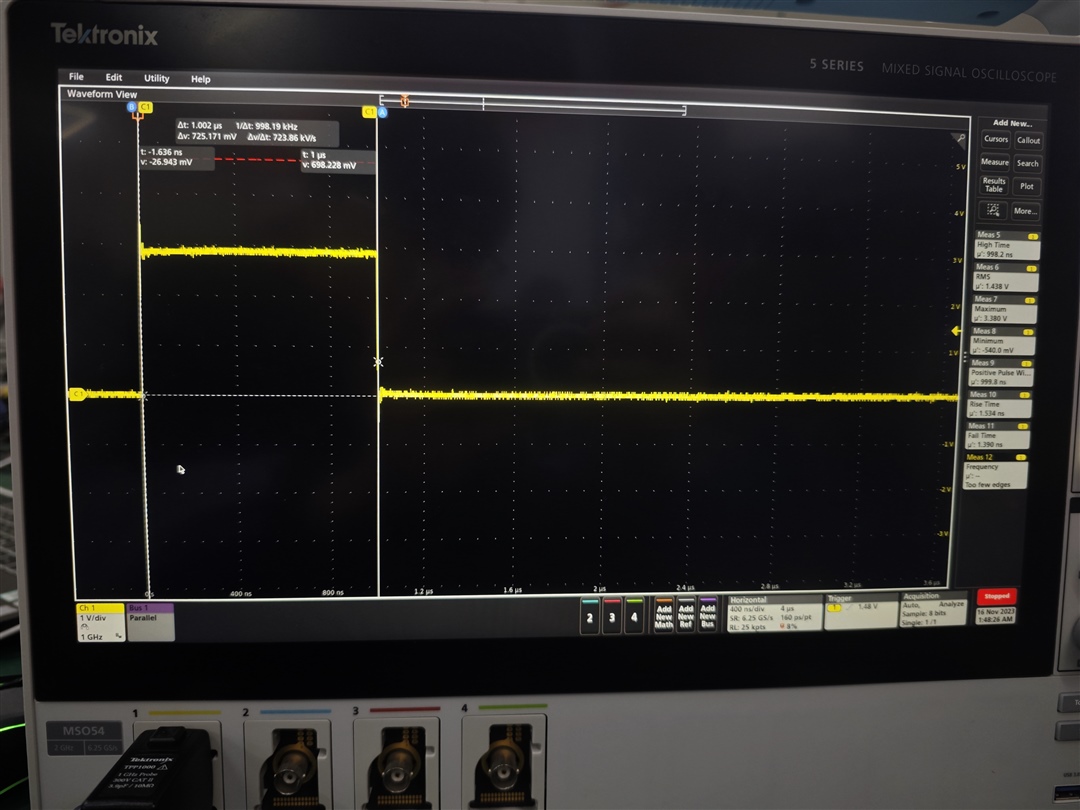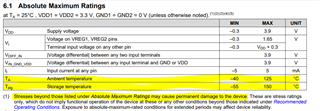Our client used TI's TDC7201 for the laser ranging project, and now they are encountering some problems. Do you have any solutions?
When using multiple TDC7021 chips, we found that some of them were OK, and those that were not felt as if they had not received the START signal. During debugging, we connected the START and STOP pins together, configured the register as START for rising edge triggering and STOP for falling edge triggering. We sent a PWM wave with adjustable pulse width through the microcontroller to trigger the start signal and stop signal of TDC to measure the PWM pulse width. We found that the TDC chip did not respond, and there was also a PWM wave in the foot of START measured with an oscilloscope, but there was no response. After reading back the register status of the chip through SPI, it was found that there were no issues. The register status is as follows:
TDCx_ ConfiG1 Register=0x93
TDCx_ ConfiG2 Register=0x40
TDCx_ INT_ Status Register=0x00
TDCx_ INT_ MASK Register=0x07
Specific operation process: After the device is powered on, lower the ENABLE for a period of time and then raise it. Use SPI to change the register states of TDC, and read each entry to ensure successful SPI writing. Then, send a PWM wave to excite the START and STOP pins, and measure the PWM pulse width. The general situation is that TDC does not have a timeout interrupt signal, nor does it receive a startup signal interrupt. It is not possible to send 100 PWM waves at once (the PWM pulse width during debugging is 200ns-10) μ About s), now one MCU in our project is connected to three TDC7201 at the same time. The start pins of these three TDC7201 are all connected to the same IO input, and the SPI is also controlled by the same SPI through chip selection.



